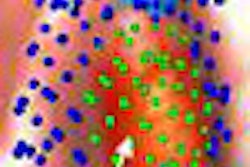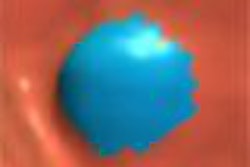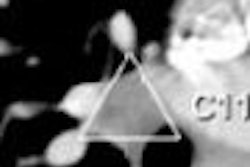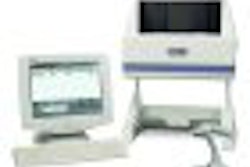Dear AuntMinnie Member,
A study published today in the New England Journal of Medicine delivered a body blow to the use of computer-aided detection (CAD) in screening mammography. Contrary to most expectations, the study actually found that sites using CAD had a lower accuracy in cancer detection than sites that did not.
The large, multicenter trial of more than 220,000 women found that CAD did not produce a statistically significant increase in breast cancer detection as measured by sensitivity. At the same time, the technology produced more false positives that required additional workup and biopsy, according to an article we're featuring this week in our Advanced Visualization Digital Community by staff writer Erik L. Ridley.
The study was immediately picked up by the lay press, with many media outlets pointing out the foibles of "computerized mammography," and one publication even stating that CAD "may do more harm than good."
But is there really that much new in the NEJM study that hasn't already been published, other than a large patient population and a prestigious masthead? False positives have always been a known problem in CAD, one that software developers are addressing. The study actually found that CAD increased sensitivity for the detection of cancer by 4%, although the authors said it was not statistically significant.
While the size of the increase in sensitivity is disappointing, CAD advocates should remember that the NEJM paper represents just one study in a larger body of research that still points to a positive role for CAD. To repeat a bit of well-worn advice, more research is needed to see whether the NEJM study is an aberration.
In the meantime, major forces at work in both the U.S. and the global healthcare systems will ensure that CAD has a future, in spite of a single negative study. More women will be requiring mammograms, with fewer radiologists to read them. Computer technology will only improve as CAD developers refine their algorithms and learn from the mistakes of the past.
CAD proponents should hardly throw in the towel based on the findings reported this week; instead, they should redouble their efforts to improve the technology and its application in breast imaging.
To read all about the NEJM study, just click here, or visit our Advanced Visualization Digital Community, at av.auntminnie.com.



















